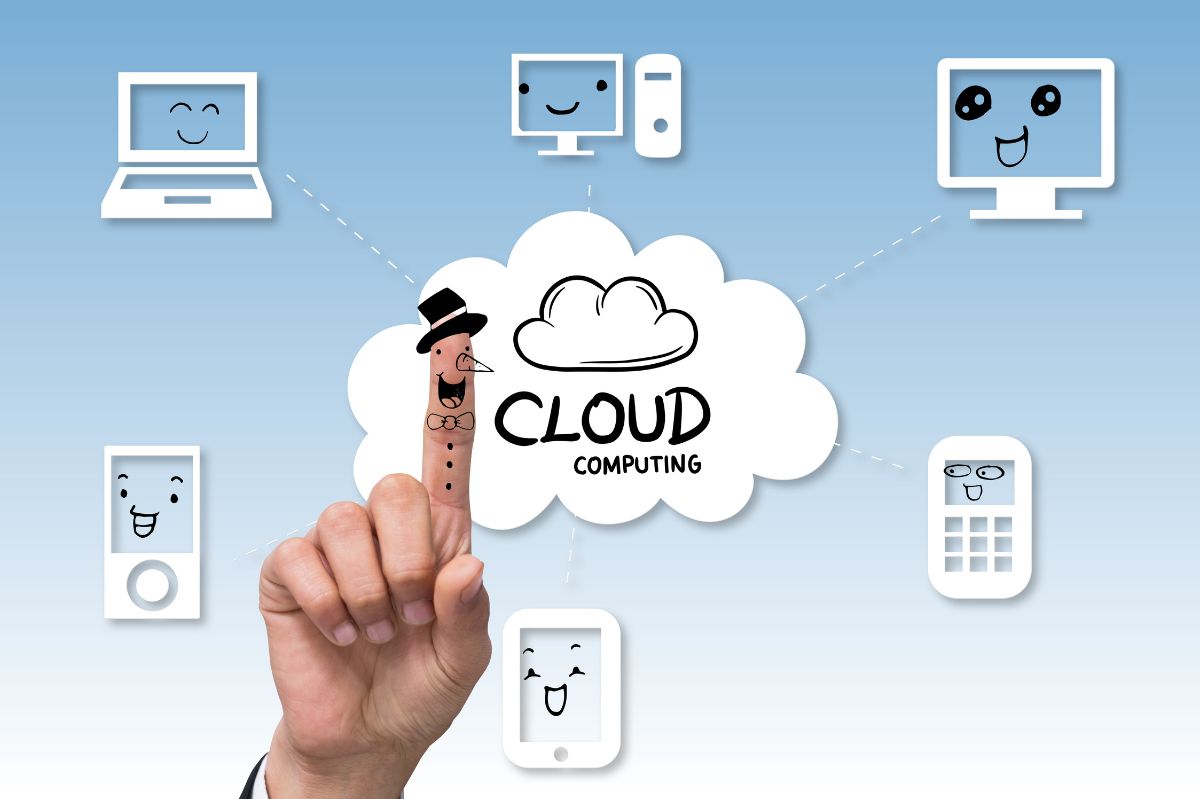The Real Impact Of Cloud Computing on IT And Business

Cloud Computing is the leading digital transformation enabler for enterprises and a leading technology trend for more than a decade.
The numbers speak for themselves: according to the Cloud Transformation Observatory of the Milan Polytechnic, in 2022, the cloud market grew by a further 16% compared to the previous year. The result is exceptional, considering that in 2020 the pandemic had already greatly accelerated its adoption.
In 2023, a company can only be innovative and resilient to external events by adopting the cloud – at least in a partial or hybrid form. The fears that characterized its early days, mainly related to data security and control, belong to the past. Today there is confidence in the cloud, in its scalability and resilience, and above all, in the ability to accompany the company toward its future.
Table of Contents
Cloud computing supports business growth.
Especially in the SME universe, many entrepreneurs wonder why they should invest time and resources in a full-blown cloud transformation. The question is legitimate since on-premise infrastructures have always supported business and, at least, continue to do so without limitations or impediments.
The first aspect where cloud computing wins is its native scalability. Cloud resources are provided to the company in an as-a-service mode, i.e., with a service model whose pricing (cost) is proportional to the company’s needs. If these grow because the demand for computing and/or storage increases, because the company hires new employees or launches a promotion on its eCommerce, the cloud adapts to the rise in workloads without compromising its performance. Those who use cloud resources, which can be employees and eCommerce customers, do not notice anything.
This situation creates a deep rift concerning the on-premises universe. The need for more resources is met with significant investments (CapEx) in new devices, such as servers, storage, and networking equipment, with long approval, purchase, and implementation times. The purchased machines inevitably end up being used for a fraction of their potential. With a cloud model, the company does not have to buy anything; instead, it can simply ‘consume’ the resources it needs, paying according to use with a periodic fee (OpEx).
Maximum efficiency thanks to the cloud
The adoption of cloud computing can reduce costs for corporate IT. One aspect has already been mentioned (replacement of CapEx investments with monthly OpEx rates). Still, we must also consider that the cloud is a managed service: the responsibility for service uptime falls on the provider, not on the company that uses it. As a result, it can hire new staff to manage servers, storage, or cloud applications. Companies often use some SaaS (Software-as-a-service) services in the cloud for daily operations, such as the collaboration platform, productivity tools, CRM, ERP, etc. In this case, the 24/7 accessibility of the software is the responsibility of the provider, which moreover delivers and applies all appropriate updates transparently to the end user.
The cloud is necessary to be innovative.
The aspect that drives an increasing number of companies towards the cloud is efficiency, but above all, the ability to innovate.
As is well known, innovation has a powerful impact on the competitive advantage of every company. Today, making data-based decisions, communicating with customers omnichannel, preventing industrial machinery breakdowns, and optimizing logistics flows (just to name a few concrete cases) gives companies a real advantage over competitors. Regardless of whether we are talking about Advanced Analytics, Artificial Intelligence, Big Data, or predictive maintenance, everything is based on cloud infrastructure and technologies, which the large hyper scalers (Amazon, Google, Microsoft, IBM) put available to companies in as-a-service mode, i.e., without imposing any courageous investment.
All of this is revolutionary, as it democratizes innovation. Any company that wants to exploit cutting-edge technologies by building its differentiation on them can do so by limiting itself – so to speak – to providing the skills because everything else is the responsibility of the provider and its as-a-service mode.
Cloud is a synonym for resilience.
Resilience and security are not optional for an enterprise, especially in an era like this, where external attacks are growing daily and becoming increasingly sophisticated. How much does a data breach cost or a theft of data? According to IBM, the average price in 2021 was $4.24 million.
The cloud can also be an excellent support from this point of view. It has been said about its resilience: public cloud services are provided by data centers with the highest resilience certifications in the world. They can operate continuously even in the event of system faults and power outages, thanks to independent power lines, UPS, and external generators able to compensate for any voltage drops.
The cloud has simply modernized the security paradigm, making perimeter protection fluid and – sometimes – anachronistic. Cloud providers use state-of-the-art protection systems and can count on hyper-specialist skills, which are not always present in the company and of which the market is very stingy.
Cloud Computing, the Road to the Future of the Enterprise.
Today there are no companies that, in their daily operations, do not have to do with the cloud. For some, it’s just e-mail and, perhaps, the collaboration platform; for others, it’s the whole infrastructure on which the corporate business is based. Regardless of the concrete case, the cloud is the starting point of the company’s modernization journey, which leads directly to a successful future if well planned and managed.
Also Read : Cloud Business Continuity: Because Resilience Passes Through The Cloud
